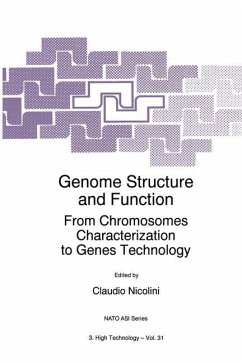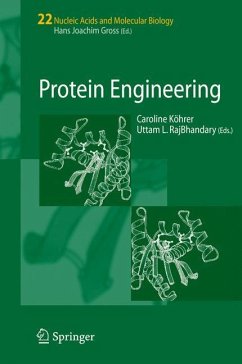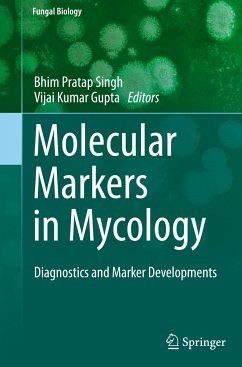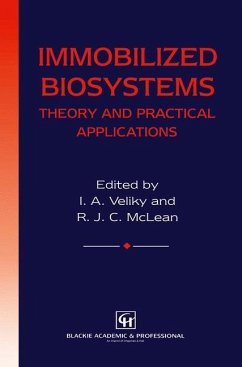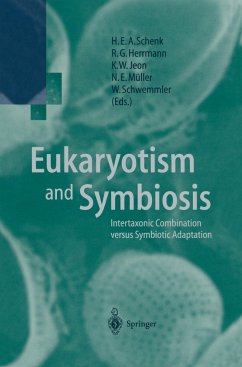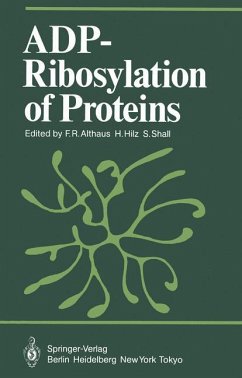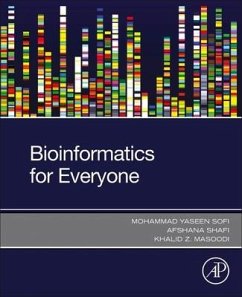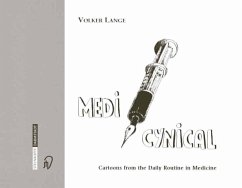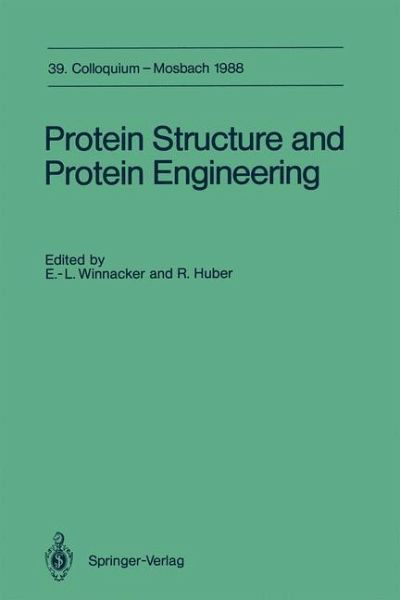
Protein Structure and Protein Engineering

PAYBACK Punkte
39 °P sammeln!
Protein engineering has had considerable impact on basic and applied research in biochemistry and molecular biology. It is already in use as a tool in molecular biology, but it is beginning to strongly influence the planning of experiments in biology everywhere, and, with even fur ther-reaching consequences, the appointment politics in research in stitutions and industries. Protein engineering, perhaps more than any other methods of protein analysis and peptide synthesis, has shown that proteins are organic molecules governed by the universal laws of chemistry and physics. How ever, as was the...
Protein engineering has had considerable impact on basic and applied research in biochemistry and molecular biology. It is already in use as a tool in molecular biology, but it is beginning to strongly influence the planning of experiments in biology everywhere, and, with even fur ther-reaching consequences, the appointment politics in research in stitutions and industries. Protein engineering, perhaps more than any other methods of protein analysis and peptide synthesis, has shown that proteins are organic molecules governed by the universal laws of chemistry and physics. How ever, as was the case with other new powerful methods and techniques, protein engineering tempts to an exploration of its limitations and thus generates more questions than it answers. The 39th Mosbacher Colloquium on Protein Structure and Protein Engi neering is not the first conference on this topic and it will not be the last. The important issues are obviously techniques of protein en gineering, examples of application, and the basic framework of protein structure and stability within which reasonable experiments can be de signed; conversely also, what we can learn about protein structure, dynamics, and folding from such experiments. Experiments in this direc tion aim at elucidating the folding code in the long run, but help to exploit the role of individual amino acid residues in catalysis, pro tein stability, and binding specificity in selected proteins now.





